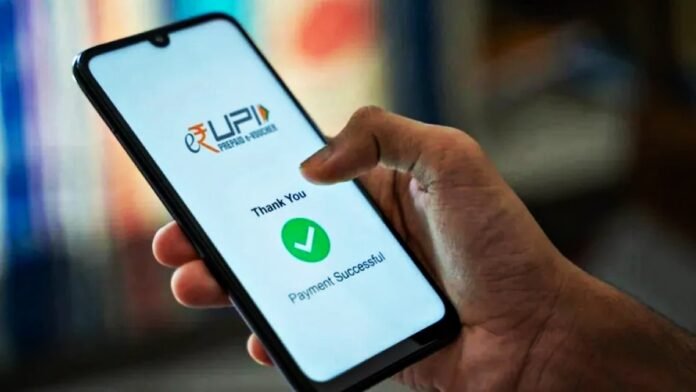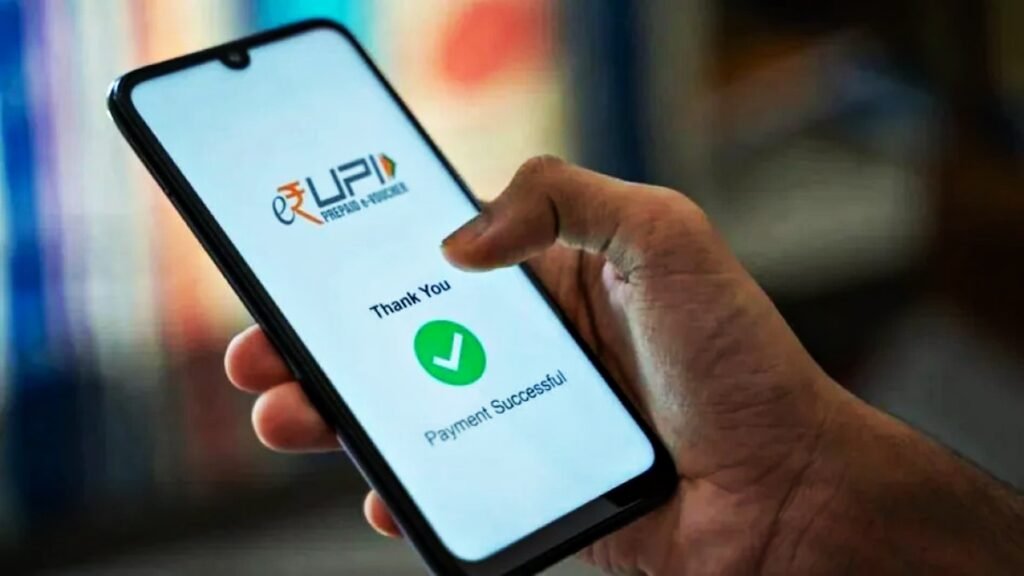
New Delhi: India’s Unified Payments Interface (UPI) has witnessed phenomenal growth, achieving a Compound Annual Growth Rate (CAGR) of 75% in transaction volume and 68% in transaction value from August 2019 to August 2024, according to a report by Axis Securities. Now, as UPI’s popularity continues to skyrocket, users should prepare for two significant updates beginning November 1 an auto top-up feature for UPI Lite and a mandatory UPI payment requirement for certain public debt security applications.
1. Auto Top-Up Feature for UPI Lite: Simplifying Small Transactions
The National Payments Corporation of India (NPCI) has introduced an auto top-up feature for UPI Lite, set to roll out from November 1. This feature will allow users to automatically reload their UPI Lite balance whenever it drops below a user-defined minimum threshold, up to a maximum balance of ₹2000. Designed for transactions under ₹500 without requiring a PIN, UPI Lite enables a seamless, quick payment experience for low-value purchases.
To activate this feature, users can select an amount for automatic reloading, and UPI Lite will replenish the balance up to this pre-set amount when it falls below the designated threshold. Users can easily revoke this auto top-up at any time through their payment service provider or app. As an added convenience, the funds in UPI Lite can be withdrawn or refunded to the main bank account instantly, making it a hassle-free solution for managing everyday small transactions.
2. SEBI’s UPI Mandate for Public Issue Applications in Debt Securities
The Securities and Exchange Board of India (SEBI) has also introduced a new requirement aimed at enhancing the efficiency of the public debt securities application process. Beginning November 1, individual investors applying for public debt issues up to ₹5 lakh through intermediaries (such as syndicate members, stockbrokers, and depository participants) must use UPI to block funds. This new rule applies to applications submitted through intermediaries and streamlines the application process, ensuring a smoother and faster transaction experience for investors.
Investors opting for UPI will need to include a UPI ID linked to their bank account on their application forms. While UPI will be mandatory for this application category, investors still have the option to apply through Self-Certified Syndicate Banks (SCSBs) or stock exchange platforms.

These updates reflect the evolving digital payment landscape in India, as UPI Lite’s auto top-up feature and SEBI’s UPI mandate make transactions easier and more efficient for users across the nation.
















































